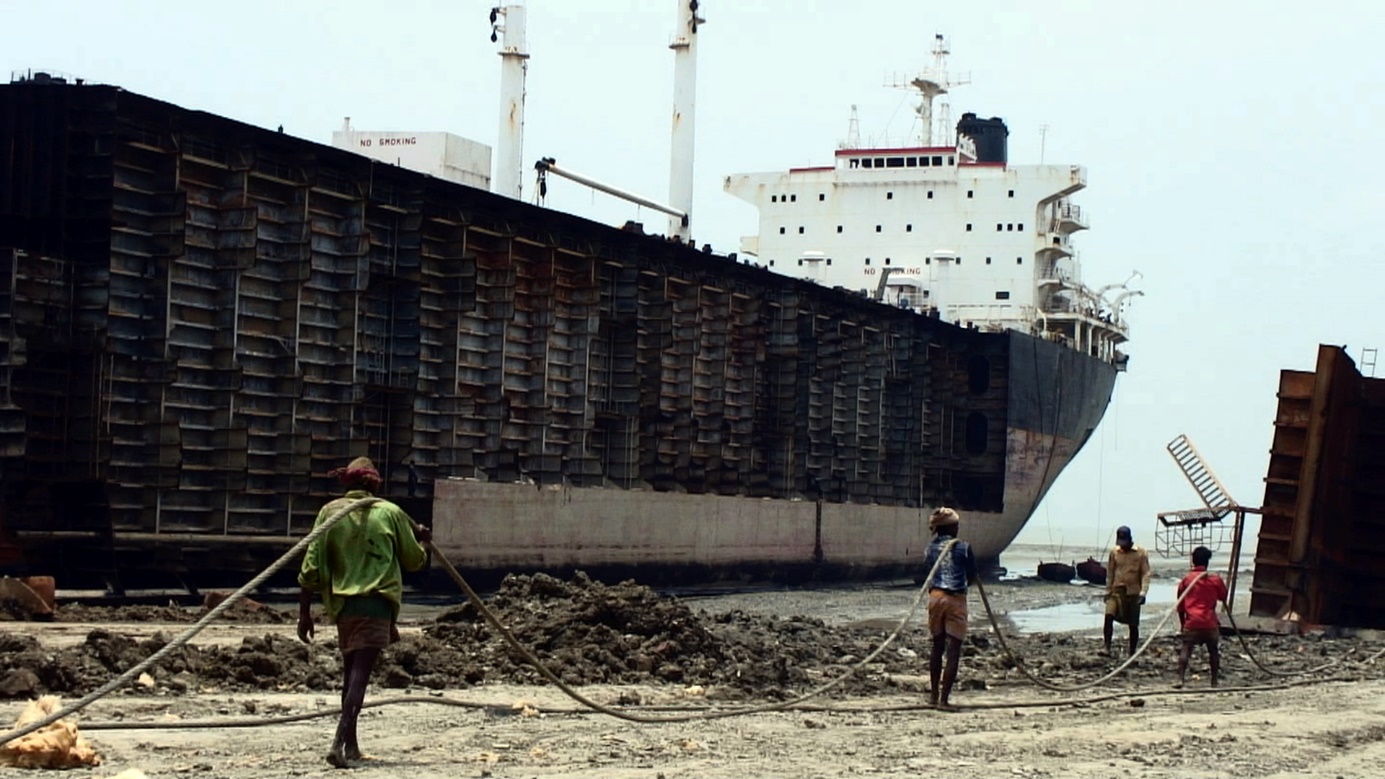The Weekly Reflektion 39/2024
The culture at your facility may be the result of many years hard work to ensure people display the right behaviours and that safety standards are maintained. The culture may be the result of a passive approach where people themselves have had to find out how they can work safely. In some cases the culture reflects a total disregard for the hazards and a blind acceptance of the consequences of these hazards. Irrespective of where you are and what culture you have, you can make a difference.
Your culture, it is what it is, or is it?

Beaching ships for breaking up at the Chittagong ship breaking yard
The Sangu field was a gas field offshore in the Bay of Bengal off Bangladesh. It was discovered in 1996 and produced gas to an onshore terminal in Chittagong until 2013 when the field was abandoned. The gas was used for generating electricity at the local power station and was critical to Chittagong since there was little money for firing up the turbines on diesel. A shutdown of the Sangu wells led to power cuts and public outrage against the terminal operator.
I worked at the Chittagong terminal for a short while, and before arriving I was apprehensive about the standards for how the terminal was operated. The operations contractor was from the UK, and they were operating the terminal on behalf of the owners, an oil company also from the UK. The management were mainly expats however most of the operational and maintenance staff were from Bangladesh. The terminal was designed, built and operated in accordance with UK Offshore Regulations and the ‘Safety Case’ regime. The management system was well developed and there was a competency assurance system that ensured everyone at the terminal had the necessary qualifications, experience and training. The safety statistics included five years without a lost time accident and there was evidence that the processes and practices in place justified this. One of the concerns for the management was that the local people working on the site were reluctant to report incidents and to criticize the management and management systems due to a fear of losing their jobs. This was understandable since a position at the terminal was lucrative compared with alternative employment in the area. The management were at that time engaged in a culture development program to encourage people to speak up and engage in safety issues. They were pleased with progress but not complacent to believe they were where they wanted to be. I was impressed.
One day I visited a ship breaking yard 20 km north-west of Chittagong. Today the yard handles about 20% of world shipping to be scrapped. Until recently it was the world’s largest until overtaken by the Alang yard in India. The Chittagong yard employs 200 000 people and supplies half of Bangladesh’s steel. When I visited the yard there were about three fatalities a week. The workers did not have Personal Protective Equipment (PPE) and most wore sandals or worked in bare feet while carrying heavy steel plate. Injuries were horrendous and most were not reported since this could lead to dismissal. The people were however happy and just glad to have a weekly wage.
Despite the obvious differences between operating an onshore gas terminal and breaking up ships, the comparison of the statistics was frightening. Five years without an LTI against 3 fatalities a week. They had different cultures. Yes, one could safely say that they had different cultures.
